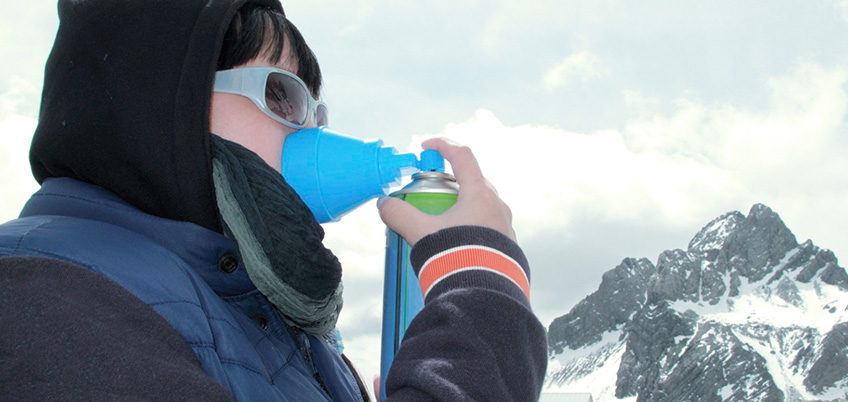
Avoiding the High of Altitude Sickness
01/Aug/2016 | by mokshaAltitude sickness often termed Acute Mountain Sickness (AMS) is caused by low oxygen level at higher altitudes. Minor symptoms of AMS start to appear at 1500m; however this is only commonly noticed in most people after 2500m. Even people living in the mountains say they sometimes suffer from altitude sickness when they gain sudden elevation, so there is no total immunity. However this does not mean the condition is unavoidable.
Altitude sickness shows off with symptoms of headache, nausea and dizziness, often combined by loss in appetite, swelling of face, fatigue, bleeding from nose etc. This can further lead to loss of senses, and inability to think and comprehend which requires immediate attention.
The process of acclimatization varies from person to person. Below, we list some most common regimes that are followed by regular high altitude travelers:
* Follow the rule of gaining altitude strictly. This is 300 – 400 meters per day above 3000m. To acclimatize properly, you can also take a day and climb about 1000m higher, then return back to spend the night at a slightly higher altitude than the previous day.
* After reaching your preferred elevation, it is advisable to have some light forms of exercise rather than sleep during the day. Overexertion is also not good for the body, so don’t set very high goals. Let the body adjust to low oxygen settings before taking on heavy workout.
* Take lots of fluids. Drink plenty of water (3-4 liters per day), hot garlic soups, tea and the like to keep hydrated. Often dehydration due to loss of water while breathing leads to altitude sickness, which is not much noticeable.
* Keep warm. This may sound simple; however with sub-zero temperatures and strong wind, it is easier said than done. Pack proper clothing for the mountains.
* Avoid tobacco, alcohol, coffee and other intakes that dehydrate the body. Alcohol and sleeping pills act as respiratory depressants. It is good to observe the body’s natural adaptation to the environment and act accordingly rather than get any kind of narcotics.
* Use sunscreen, sunglasses and hat to keep away from the sun. This reduces the risk of headaches and keeps you safe from extreme mountain conditions.
* Eat well. Consume a lot of carbohydrates. At high altitude, the body demands lots of energy to keep warm and working.
* In case of symptoms of AMS, it is best to go to lower altitude and wait till everything gets normal again. Descend slowly. Also, a person with AMS should never be left alone as he/she is unable to think or act properly.
(Note: Medicines such as Diamox can be used to speed the process of acclimatization. However, side effects such as tingling of finger tips and blurred vision may occur. Get suggestions from your physician or an experienced guide if you intend to use such medicines.)

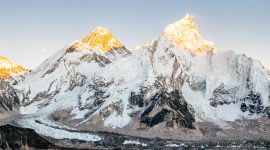
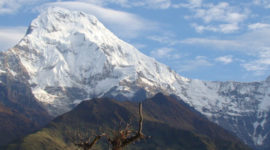
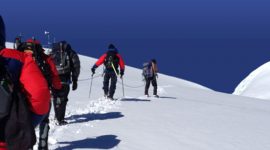

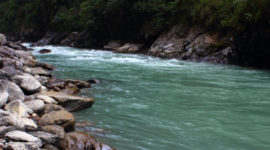

Leave a Reply